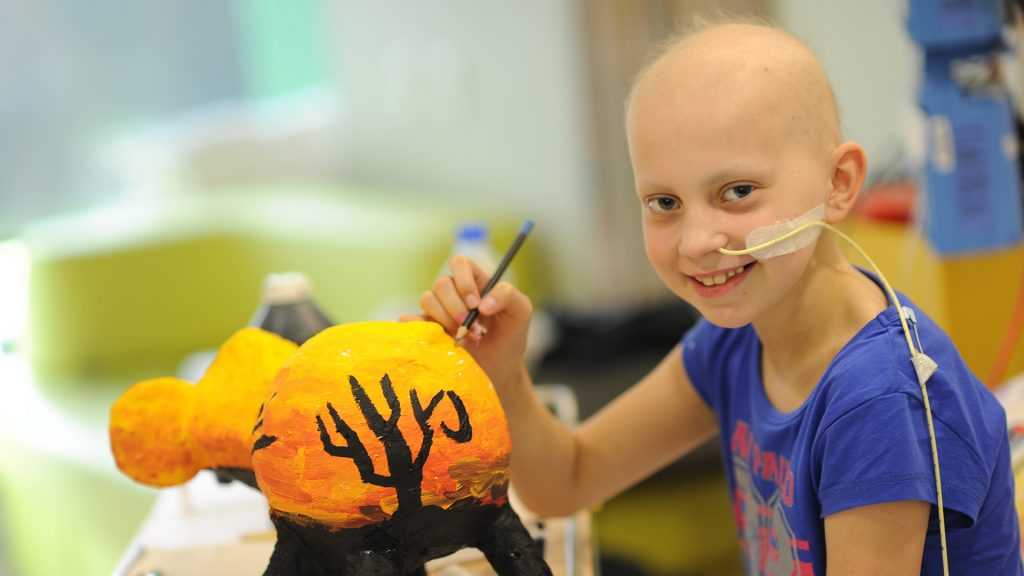The Canadian Association of Art Therapy defines art therapy as combining “…the creative process and psychotherapy, facilitating self-exploration and understanding. Using imagery, colour, and shape as part of this creative therapeutic process, thoughts and feelings that would otherwise be difficult to articulate can be expressed.”
Art therapy commonly consists of drawing and painting in every imaginable genre, either individually or in groups. Art therapy commonly occurs in silence or with music and maybe actively led by a psychologist near you or facilitated by that psychologist. In essence, a psychologist in Calgary supports people through art therapy out of believing in the potential of art and creative expression to promote healing.
The Development of Art Therapy
For perhaps even longer than words have been put to paper, artistic expression has been used by people — healthy and otherwise — to express emotion, explore feelings, release creativity, and convey messages. While young as a therapeutic discipline used by psychologist in Calgary, art therapy has been used since the late 18th Century. As a profession, art therapy arose in English-speaking and European countries in the mid-20th Century. The Canadian Art Therapy Association was formed in 1977 to bring art therapists together and raise standards while advancing the profession to support patients.
How does Art Therapy Work?
How art therapy helps patients generally heal is not specifically understood beyond that it provides time and space for quiet and contemplative relaxation and — in many cases, but not necessarily — solitude. Many patients have reported those circumstances as contributing to calm and peace.
Academic investigations into the practice and benefits of art therapy have identified changes in brain wave patterns and possible hormonal and neurotransmitter patterns in the brain during participation. The extent to which those factors help to produce a sense of calm and peace and even reduced pain experience remains an active subject of investigation.
What Benefits does Art Therapy Provide to Cancer Patients?
A July 2018 article in the Journal of Psychosocial Oncology called “Art therapy for anxiety, depression, and fatigue in females with breast cancer: A systematic review” found that patients who participated in art therapy showed reduced anxiety, depression, and fatigue.
Patients who have participated in art therapy while receiving chemotherapy treatment, in particular, have reported three benefits: art therapy provided a relaxing respite and creative outlet, an opportunity to be listened to, and an opportunity to express emotion and seek meaning.
Patients who participated in art therapy while experiencing radiation therapy demonstrated improved total health, quality of life, and physical and psychological health. In particular, participants displayed an improved body image, improved ability to cope with systemic side effects, and a greater sense of hope.
Patients who participated in art therapy while in the hospital have been seen to require reduced amounts of pain medication during shorter hospital stays with increased willingness to use their prescribed therapeutic drugs.
Finally, and quite apart from the recorded health-related benefits of art therapy, group-based art therapy can provide social and community support for individual patients who are not, for whatever reason, participating in any other type of support group.
Are you or a loved one experiencing cancer treatment at this time? Suppose you and your family are intrigued about the potential benefits of art therapy during illness. In that case, we encourage you to reach out to a psychologist near you who can consider your situation and recommend art therapy alternatives that may provide relief, release, and support at any stage of treatment or recovery.
